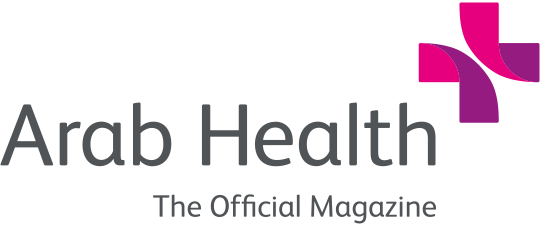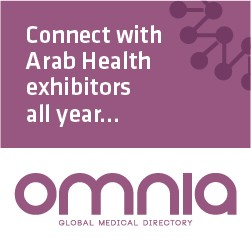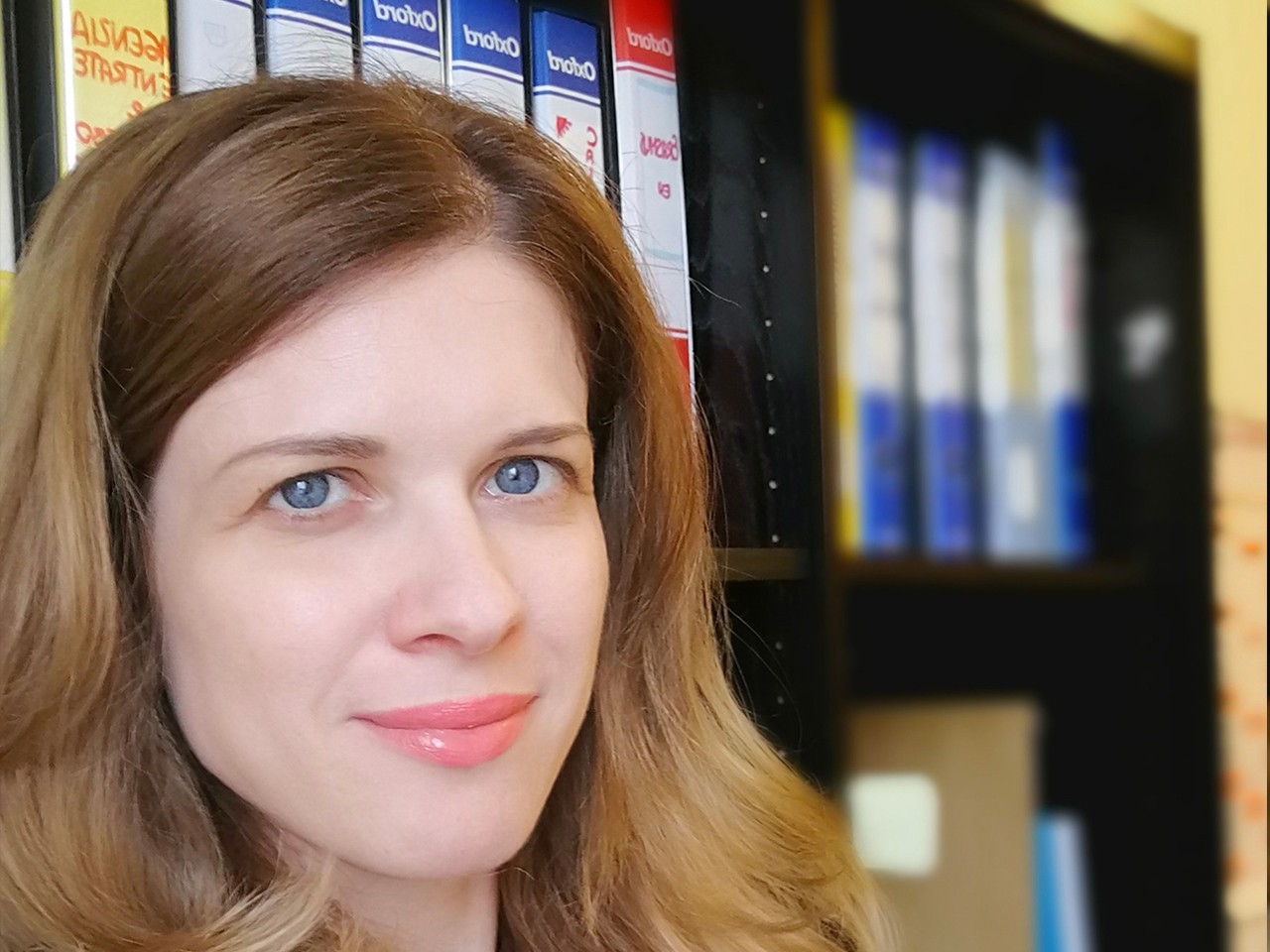Medical-scientific education of the highest level
UniSR’s international MD programme prepares a new kind of doctor who is well equipped to meet future challenges in today’s globalised world
Europe continues to be an attractive destination for students looking to opt for an international medical degree, as it exposes them to a multi-cultural environment. However, several factors need to be kept in mind when choosing the right medical school – the university’s accreditation, affiliation to a hospital, and how much clinical activity students are exposed to, among other things.
Vita-Salute San Raffaele University (UniSR), the number three university in Italy, according to the World University Rankings 2018 of the Times Higher Education, was one of the first institutions in the country to launch an international MD programme, offering courses in English. UniSR is part of Gruppo Ospedaliero San Donato (GSD), Italy’s leading hospital group, and the international course offers exposure to both clinical practice and the application of research in the field.
The six-year international MD programme commenced in 2010 and was designed as a new medical programme – not merely the translation of Italian medical know-how into English but one that would prepare a new kind of doctor who would be ready to meet future challenges. It is a single cycle degree course and after obtaining their MD, doctors can go on to specialisation schools or pursue their PhD’s.
According to Nicole Petra Papa, International Office, UniSR, “International students applying to the medical programme are offered language lessons in the initial two years while Italian students are encouraged to speak English. In the second and third year, we encourage international students to speak in Italian because while professors will be explaining in English, the patients will mostly be speaking Italian.”
Nicole has been working at the university for the past eight years since the launch of the international MD programme which reserves half of its places for non-European citizens. “Our team deals with all issues concerned with international students and mobility programmes of the university. In our first year, we had a small class, with only 40 seats available, and had only six foreign students. But in the following years, this number as well as the number of places reserved for foreign students has increased. Today, we have 126 students enrolled in the programme,” she explains.
The university has a number of students from Turkey and US, and currently there are eight students from the UAE, she added.
International exposure
Admission to the international MD programme can be secured through a test held in 27 sites worldwide, including Dubai. Within 10 days of the computer-based test with 100 multiple-choice questions based on logic and problem-solving, students get to know if they have been accepted. The fee structure is 20,000 euros a year for both national and international students. Certain subsidies are offered for both categories of students. The university also offers in-house accommodation options at an added cost.
“After they pass the test, we begin preparing acceptance letters, visas and so on. By July and September students are able to get their final documentation,” she adds. Accepted students arrive in Italy with a study visa after which they need to take an official resident permit to travel throughout Europe.
As part of the course, students are given ample opportunities for practical experience.
Once the clinical part of the course begins, students can also undertake extra-curricular activities in research labs, and even do their thesis internship in the laboratories.
The international MD degree is recognised by the Italian ministry and also by the European Union. Hence, students are licensed to practice in European countries. However, adds Nicole Papa, “Other countries have their specific licensing requirements which students will have to go through to practice there.”
Global opportunities
Final year students need to complete their thesis internship before graduation. As Nicole explains, “Students begin internships in their fifth year which can also be done abroad. We are part of the Global Health Learning Opportunities (GHLO) system, which is a global network of foreign universities that allows students to research and apply to clinical electives offered by the universities that are part of this network.
“Once a student decides to go abroad, we help them make agreements with the hosting institution, prepare the documentation, and do everything to ensure their experience is the best it can be. Students can also do their clinical obligatory curricular activities abroad in their fifth year. Furthermore, we have agreements with 41 European universities as part of the Erasmus Programme that allows students to study or gain traineeship experience in a partner university in Europe.”
UniSR also has a Memorandum of Understanding with Flinders University in Australia, and an international agreement with University of Pittsburgh, US.
International students are also welcomed to work at UniSR after graduation, but they need to be licensed. “Upon graduation, students have to do a three-month obligatory internship to secure a license for practicing in Italy,” she explains.
“My hope is that in the coming years we continue to increase the strong international presence on campus,” she says.



